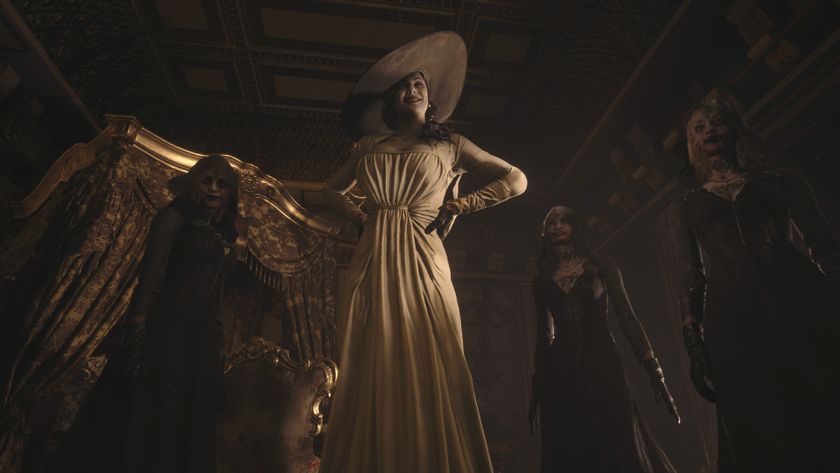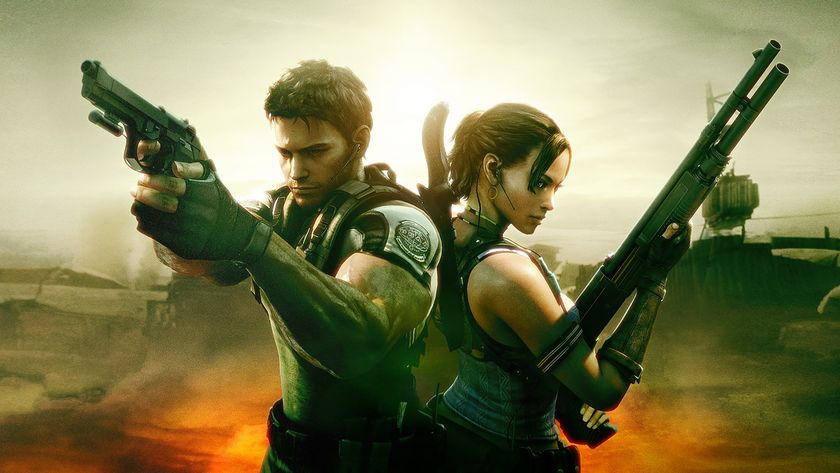Remakes like Resident Evil 2 are at their best when reimagining the original game, not slavishly recreating it
The art of a great remake is in interpretation, not recreation
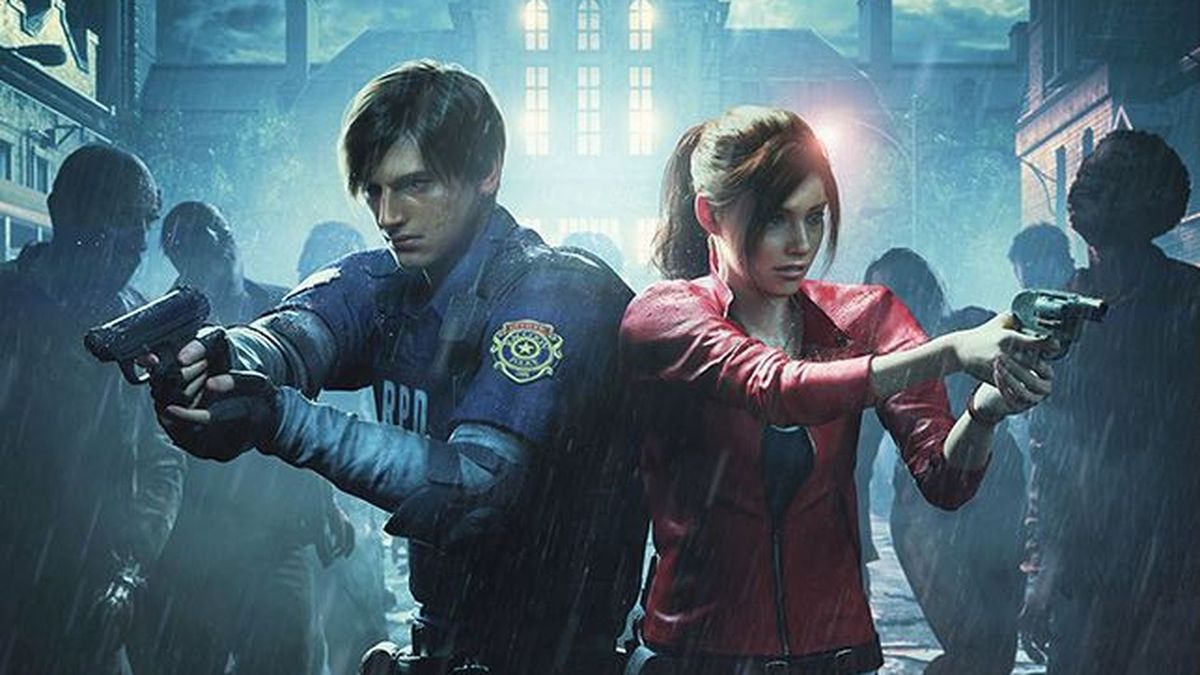
Games are built on reinvention. Unless said game is a match-three puzzler or the annual sports release (and even then, sports games certainly innovate), our interactive medium has managed to grip so many for so long thanks to its natural tendency to think up original experiences for us to play with every console cycle. However, every so often the opportunity comes along to re-experience classic games in a completely new light. I am, of course, referring to remasters and remakes. And like or loathe them, Capcom’s latest rendition of Resi - the Resident Evil 2 - serves as a great example of why the latter is the best way the classics can be enjoyed by both past and future generations.
Originally released on January 21st 1998, Resident Evil 2 was an ambitious sequel. Not content with once again inserting players within the confines of the now-iconic Spencer Mansion or a setting similar, the game bravely chose to expand in scope. As new characters Leon and Claire you would get to experience the T-virus’ outbreak and its effects at ground level on the streets of Raccoon City. Suddenly, there’d be a larger crop of zombies and conspiracies to contend with. Resident Evil 2 retained the underlying fear and presentation of the original but with the stakes raised.

It’s quite fitting, then, that the game primarily known for broadening the horizons of a celebrated survival horror franchise should now be broadened itself. Capcom has taken the time to completely remake Resident Evil 2, and it now boasts industry-standard 1080p 60fps visuals and Resident Evil 4’s legendary over-the-shoulder perspective. It’s so refreshing to see a restoration treated with this level of love and care, and we’ve come a long way since the days when reissued collections seemingly flooded the PS3/360 catalogues.
The importance of doing a classic game justice by way of a remake was already reinforced earlier this year with the launch of Shadow of the Colossus for PS4. Bluepoint’s work on the beloved PlayStation title is exceptional, if only for its ability to make players feel like, in 13 years, nothing has changed at all. Like most honest work, if it’s done correctly most people won’t notice it. And it’s this blurring of the lines between what’s new and what’s old with remakes that’s essential to ensuring that a revised version can be enjoyed by all players. Those familiar with the original and those lucky devils who aren’t. Mind wipe anyone?
Casting a long shadow
I have a hard time imagining how any fan of the 2005 version of Shadow of the Colossus could take issue with this year’s version. Equally, those lucky enough to experience its fairy tale-like sense of wonder and devastation for the first time won’t notice the game’s PS2 roots. Even in terms of control, a unique approach still never-before seen elsewhere feels like it hasn’t aged a day, purely because it’s a set-up exclusive to Shadow of the Colossus and nothing else. Much like how the game’s controls baffled but eventually clicked for players thirteen years ago, today it has the same effect.
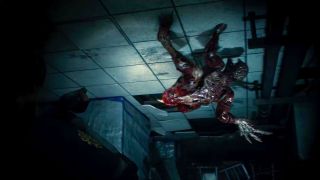
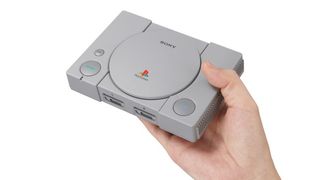
The best PS1 games (which are ripe for remakes)
What doesn’t often have the same effect as they once did are the visuals; an aspect of classic games that, while looking amazing at the time, haven’t been treated too kindly by the advances of modern tech. This is an aspect Kyle Martin, producer at Vicarious Visions, was eager to respectfully overcome when working on the Crash Bandicoot N. Sane Trilogy, also released earlier this year. “The original Crash titles on the PS1 were games that pushed the boundaries of what the PS1 could do visually,” says Martin, “so we knew we needed to push the current generation of consoles just as hard while also staying true to the art style of the original games.”
This idea of “staying true” rather than staying the same is the key conceit to remember when working on a remake, but it can be a tricky balancing act to manage when tackling games so beloved. As Martin reveals: “We were often faced with these types of decisions – where do we improve and what do we leave the same? These were taken very seriously as we wanted to ensure that we captured the essence of Crash but also offer old and new fans reasons to play.” While Vicarious Visions’ retooling may have been largely superficial, it still afforded them the chance to play with established conventions without staying slavish, finding “many areas outside of the core gameplay which had ripe opportunity for improvement.”
Sign up to the 12DOVE Newsletter
Weekly digests, tales from the communities you love, and more
From this, it becomes clear that knowing what to leave in and leave out when remaking a fan-favourite game proves vital. Sticking with the examples already discussed, there’s a reason why players today enjoy Shadow of the Colossus and Crash Bandicoot in a way that provide masses for hope for the new Resident Evil 2. But with the new Resi, it seems there’s even more scope for improvisation. Capcom is clearly aware of this, seeing it as an opportunity to streamline what made Resident Evil 2 cumbersome while retaining its core elements. Claire and Leon’s multiple viewpoints, moody atmosphere, and gripping narrative – it’s all here! Why not take what people loved so much about Resident Evil 4 and apply it to this fresh adaptation of a classic?
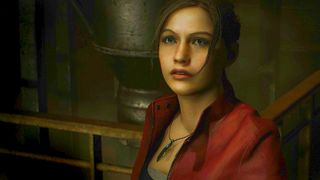
Remakes can be to the creator’s benefit as well as the audiences. You think that when directing Resident Evil 2 two decades ago Hideki Kamiya thought to himself, “I can’t wait for these tank controls and muddled visuals to render my game near-unplayable in the future!”. Of course he didn’t. Remakes, more so than remasters, offer developers the chance to reexamine a product of their past, assessing what did and didn’t work, before deciding what could perhaps be improved. Circumstances like these don’t come around too often. But when they do, it allows the minds behind these games to realise their vision as they originally intended.
Bringing generations together
The problem with the ‘remaster boom’ experienced last generation was that, despite the leap from standard to high definition, most games didn’t warrant the fresh coat of paint they were given. Not to say that franchises like Ratchet and Clank, Sly Cooper, and Metal Gear Solid aren’t ones worth experiencing, just that their respective reiterations happened so quickly after the original it was tough to see a real difference. However, for all the flack shoved on remasters, their existence is justified if they had made themselves known to uninitiated players for the first time. Whereas only new players will get something from remastered games, remakes cater to all.
The upcoming Resident Evil 2 remake might not reinvent the wheel in the ways we expect from new games, but they’re just as important to players. The chance to revisit a standout game in an entirely unspoilt and surprising way being chief amongst them. These glasses of ours might forever be rose-tinted, but it’s worth wearing them as long as developers like Bluepoint, Vicarious Visions, and Capcom continue to spend great care and attention to classic games worth updating for the 21st century.
Aaron is a freelance writer who appreciates a good video game story just as much as great visuals and gameplay. Having covered the subject for places like WIRED, Den of Geek, PLAY Magazine, NME, PC Gamer and more, he’s well equipped to discuss a range of topics and industry goings-on through in-depth features, developer interviews and thoughtful reviews. His favourite game ever is 2005’s TimeSplitters: Future Perfect, a madcap character shooter from the makers of GoldenEye 007 that he first played whilst on holiday in Butlin’s Minehead. Because who needs to have fun in the sun, anyway?

